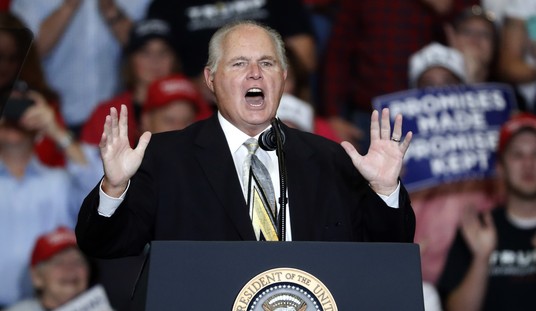Barney Frank and Christopher Dodd are examining ways in which to regulate systemic risk in the financial system, according to the Wall Street Journal. Both Dodd and Frank are considering giving the Federal Reserve responsibility for task, which will include some oversight over “hedge funds, credit-rating firms and executive compensation”. It will be part of a broader, international effort which is still emerging, aimed at reshaping the total financial environment.
Leaving aside the ironies of watching Frank and Dodd craft a defense against systemic risk, a number of challenges face anyone who attempts it. The first is the breadth in the sources of danger. Systemic risk, is by definition, posed by forces beyond the power of individual market participants to control. Timothy Geithner, in testimony before Barney Frank himself on July 2008, described how the financial system evolved away from one centered around banks to a new system involving a larger number of actors across the globe.
Our system was once organized around banks—defined narrowly as institutions that take deposits and make loans. Over time there has been a gradual but pronounced decline in the share of financial assets originated and held by banks, and a corresponding increase in the share of financial assets held across a variety of non-bank financial institutions, funds and complex financial structures. … These changes within U.S. financial markets were complemented by a rise in global financial integration as technology and deregulation made it easier for savings to flow across international borders.
In other words the systemic risks came from the dark peripheries of the system, from new financial territories of which the traditional administrators had only a tenuous grasp. In order to get on top of the situation again, the boundaries of the new system must be defined so it can be properly administered. Thus the first problem is to identify the relevant system to be managed. To use a metaphor from science fiction, the intrepid space pilot must find the control room which operates the vast starship whose course he is trying to direct. Defining the extent of the starship and the places from where it can be flown, is the first order of business. This will not be a simple task. You can include too little or too much.
The second problem, which may prove thornier than the first, is that much of the systemic risk may originate from the political decisions of those who appoint the regulators themselves. They may arise from the regulator’s own political masters, from things such as programs to provide affordable housing to those who cannot afford it. That is a component of systemic risk. How do you tell the political system what to do when by definition, it is supreme? Politics is a major component of the system, and when the political solvers are part of the problem, the task of systemic risk regulation becomes very difficult. A more prosaic example is whether the Fed or any other Central Bank, can manage fiscal irresponsibility. Chronic deficit spending is a contributor to systemic risk. How can the Fed do anything about it?
It’s clear from reading Geithner’s testimony that the systemic risk management he envisions is less than total. It consists, in his words, of “simplifying and consolidating the regulatory architecture [that] will be instrumental to these efforts by establishing a common framework of rules, clear responsibility and authority” and “close coordination across central banks, supervisors and market regulators, we need to adopt an integrated approach to the design and enforcement of capital standards and other prudential regulations critical to systemic stability”. The first might realistically be accomplished within the boundaries of a single nation; the second, the task of ‘close coordination across central banks’ will depend on persuasion.
One thing the effort will involve in any case is a vast transfer of power between those who have benefited from the previous system and those who now seek to control it. As the system risk regulator spreads his mantle over activities previously beyond his purview there will be winners and losers. Many fiefdoms will not go gentle into the good night or surrender their prerogatives at great cost. That process may in turn produce a future financial regulatory environment where the linkages between the systems will be the result of deals, surrenders, truces and ad hoc arrangements that are reached in the process of bureaucratic expansion and consolidation. My guess is that the successor system guiding the financial world will be as fully complex and opaque in its own way as the one it will replace. Which brings us to the question of systemic risk. It will still exist, but it will exist by definition, in the very places where Barney Frank and Chris Dodd’s regulator cannot go.










Join the conversation as a VIP Member